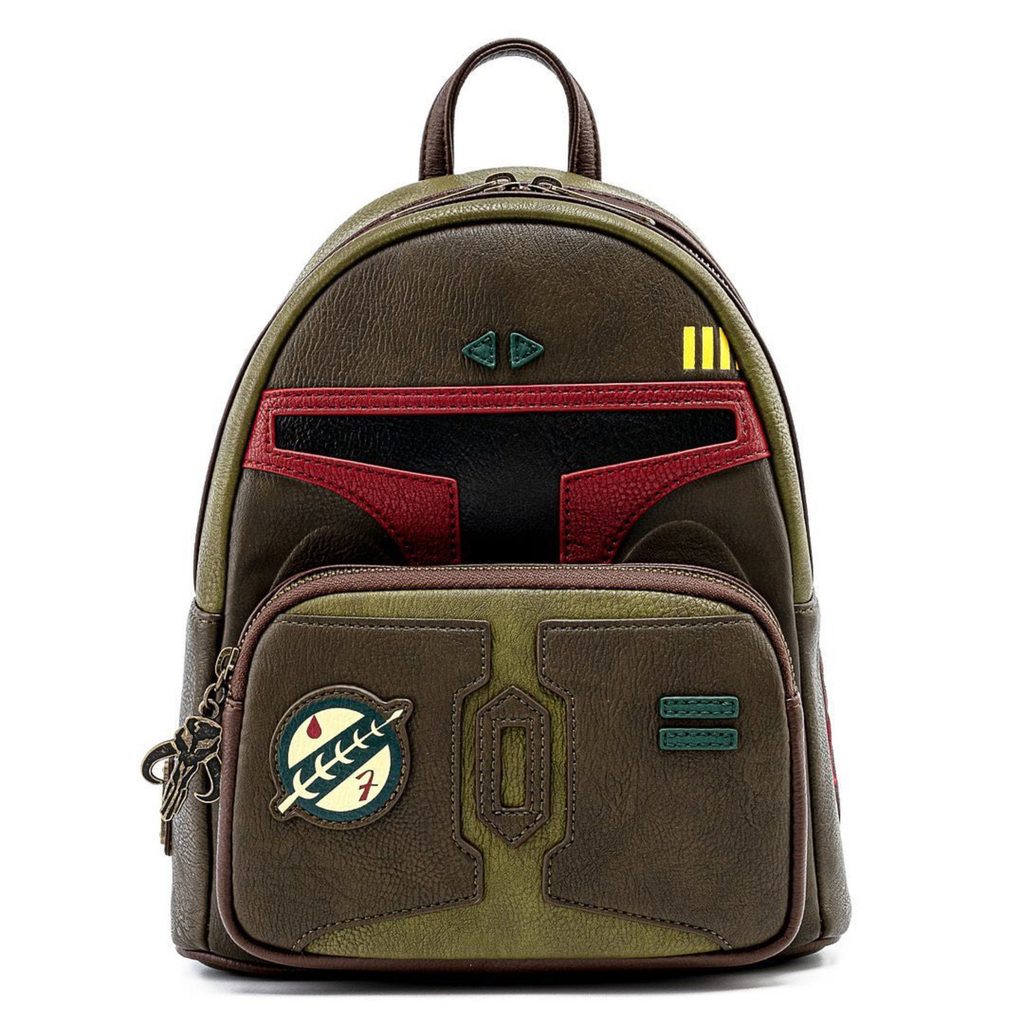Easy Klein is an 'Incredibly Kleinish Blue' paint for everyone to use
Simon Semple gave us the world’s pinkest pink that Anish Kapoor was banned from using in reaction to Kapoor’s exclusive Vantablack, the world’s blackest black. And now we have a new form of paint democracy from the artist called Easy Klein. But it has nothing to do with Kapoor this time.
A paint called YInMn Blue was released as a modern interpretation of Yves Klein’s famous International Klein Blue (my favourite blue ahead of cobalt blue, by the way). But at $200 a bottle, it’s not for everyone. So Semple decided to do his own thing:
Semple’s response was to do away with both that prohibitive pricing and Klein’s legal protection of his blue which stated in 1960 that other artists would require permission to use it. According to Culture Hustle, which is selling Semple’s new easy to use, acrylic paint version, it has “an uncanny scent of CK One.”
“Due to legal reasons, I can’t tell you our blue is IKB, International Klein Blue, but what I can say is that it’s an Incredibly Kleinish Blue,” says Semple. “In my mind, it’s the most beautiful blue ever and, although YinMin is cool, a lot of us have always dreamed of having a go on IKB.”
Quote from Creative Boom article
Easy Klein is a fraction of the price at $29 a bottle and it looks just as good, in my opinion.
Blue related: Blue rinse and the blue cows of Latvia


